Summertime in Ireland brings a grand display of color to the countryside, and none shine brighter in the hedgerows than the tall, magenta spires of the foxglove.
Known in Irish as lus mór (pronounced phonetically as lus more), meaning "big flower," these striking wildflowers are a true sight to behold from June through August.
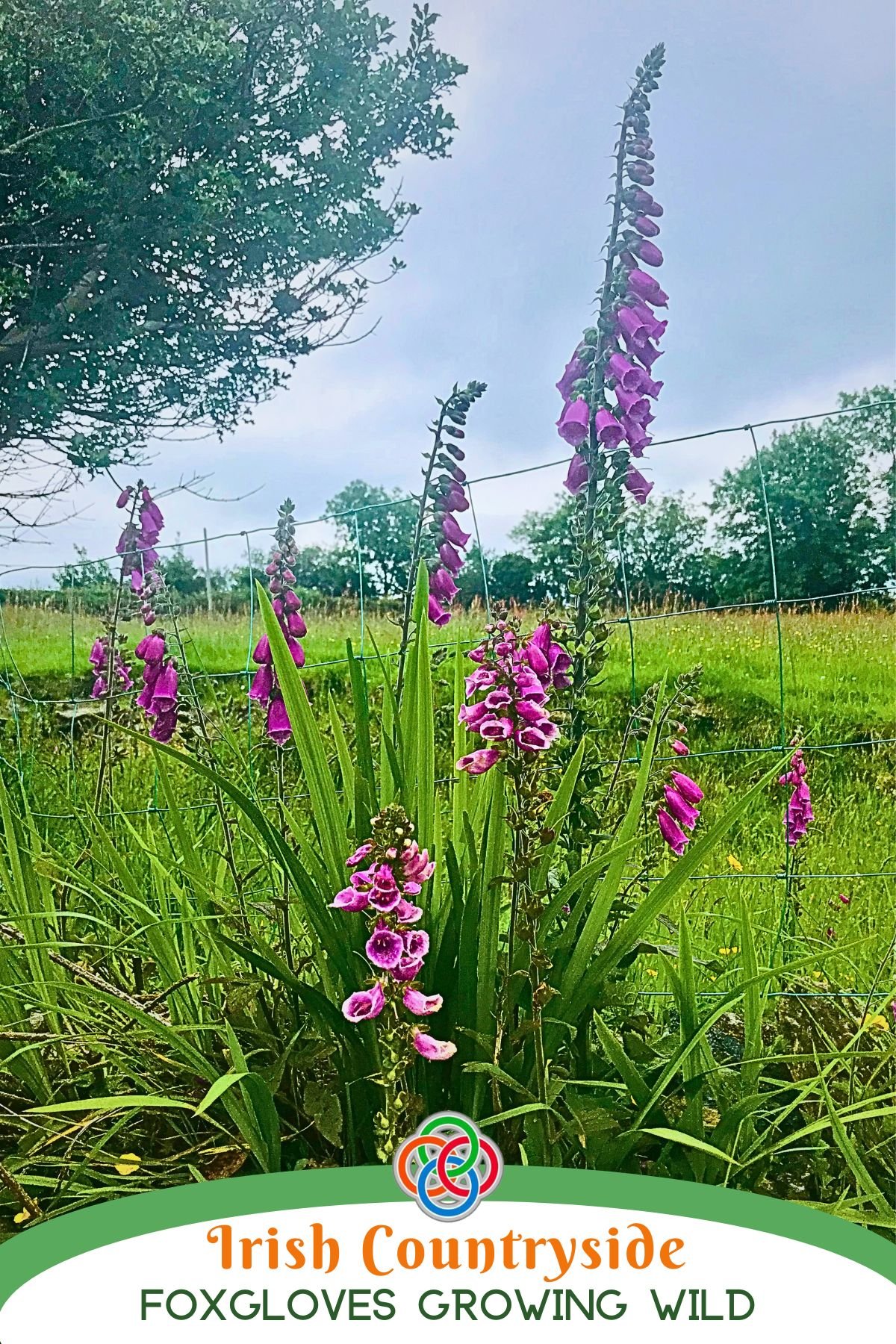
You'll find them standing proudly along country roads, on mountainsides, at the edges of bogs and woodlands, looking elegant and regal, like something plucked straight from a fairy tale.
And indeed, the fairies themselves have long been linked with this mystical bloom.
A Glove for a Fox, or a Gift from the Good Folk?
The name foxglove sparks curiosity, doesn't it?
Many say the shape of the bloom resembles the fingers of a glove, perfect for a sly fox's paw. But in Irish folklore, there's a more whimsical version.
It's said the wee folk, or the fairies, gave the blossoms to foxes as slippers, helping them sneak silently into henhouses without raising the alarm.
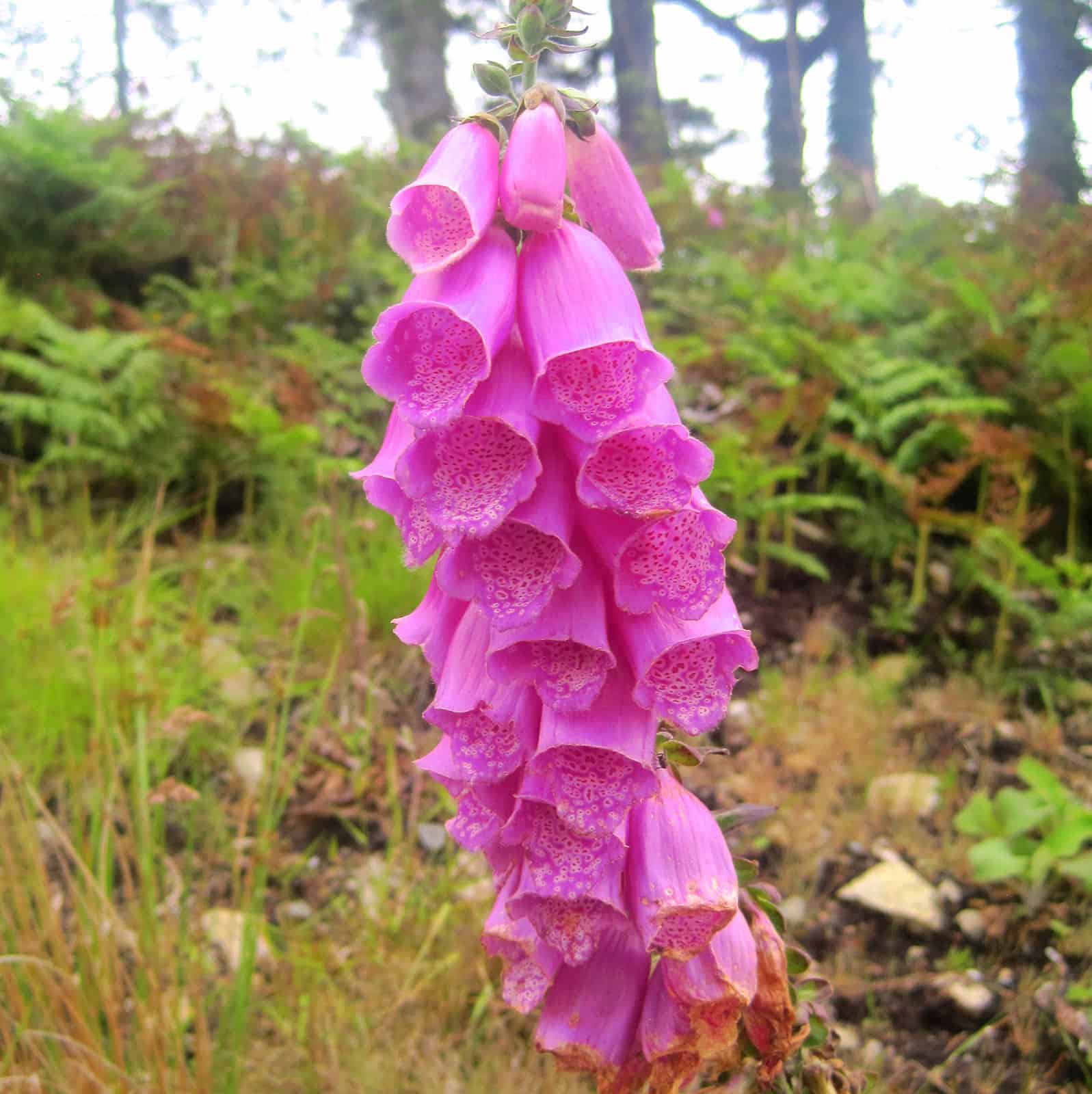
Other European tales whisper that foxes wore the flowers as magical bells to warn of approaching hunters. Either way, these blossoms weren't named for ordinary beasts, but for creatures touched by the otherworld.
They go by many names: fairy caps, witches' thimbles, fairy bells. And rightly so, there's magic in foxgloves that can't be explained away by mere botany.
Not Just a Pretty Flower - Folklore and Medicine
Although beautiful, foxgloves are not to be trifled with. Every part of the plant is highly poisonous, yet paradoxically, it has also been a source of healing. The heart medicine digitalis was first derived from foxglove, a powerful example of the fine line between poison and cure.
In old Irish traditions, the foxglove was believed to protect against evil if planted near the home, but bringing the blooms indoors was thought to invite misfortune. The fairies, after all, don't take kindly to having their plants disturbed.

One cure for fairy stroke, when a child was wasting away under a spell, involved the juice of twelve foxglove leaves taken daily. Adults stricken by fairy enchantment were given a bitter draft made from the plant. If they drank and fell ill, they might recover. But if they refused, sure as day, they were too far gone to be saved.
And for those who stepped on a stray sod, leading them wandering under fairy influence, an amulet made of foxglove could break the spell and lead them safely home.
Some even say the flower nods in greeting when one of the gentry or the fair folk pass by.
Nature's Design and the Buzz of Bees
The foxglove thrives in acidic soil and pops up quickly in newly cleared ground. At maturity, it can reach up to 1.5 meters tall, bearing up to 75 bell-shaped flowers in pinks, purples, and the occasional white.
Each bloom features a spotted throat and a two-lipped structure, perfectly designed for pollination.
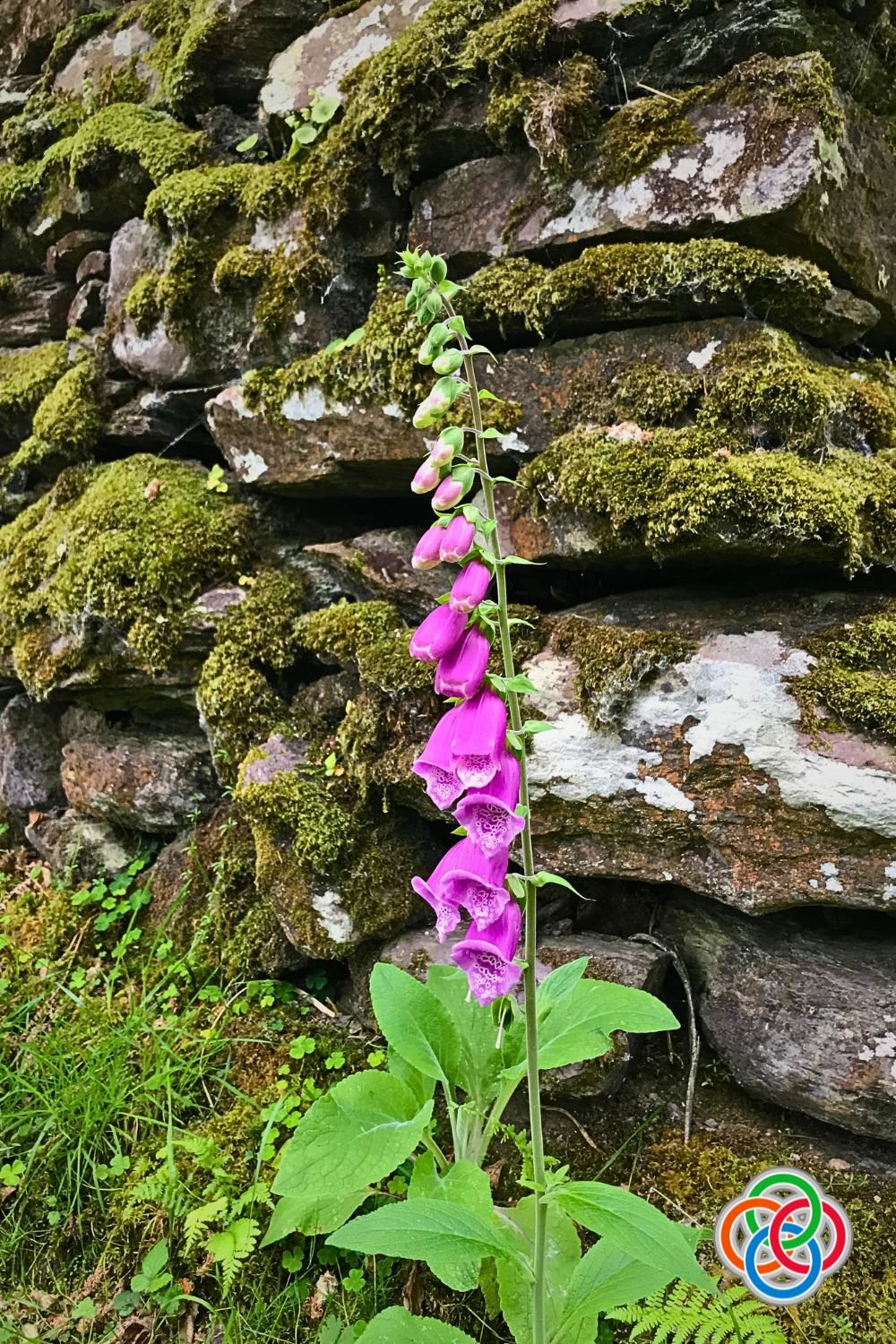
The lower lip makes a tidy landing pad for bees, who buzz in and out, gathering nectar and spreading life from flower to flower.
Foxgloves grow in a two-year cycle, forming leafy rosettes in year one and shooting up tall flowering stalks in the second. They belong to the Plantaginaceae family and are entirely native to Irish soil.
A Flower for Believers in Magic
To me, foxgloves will always be fairy flowers, not just for their beauty, but for the lore that lingers in every petal.
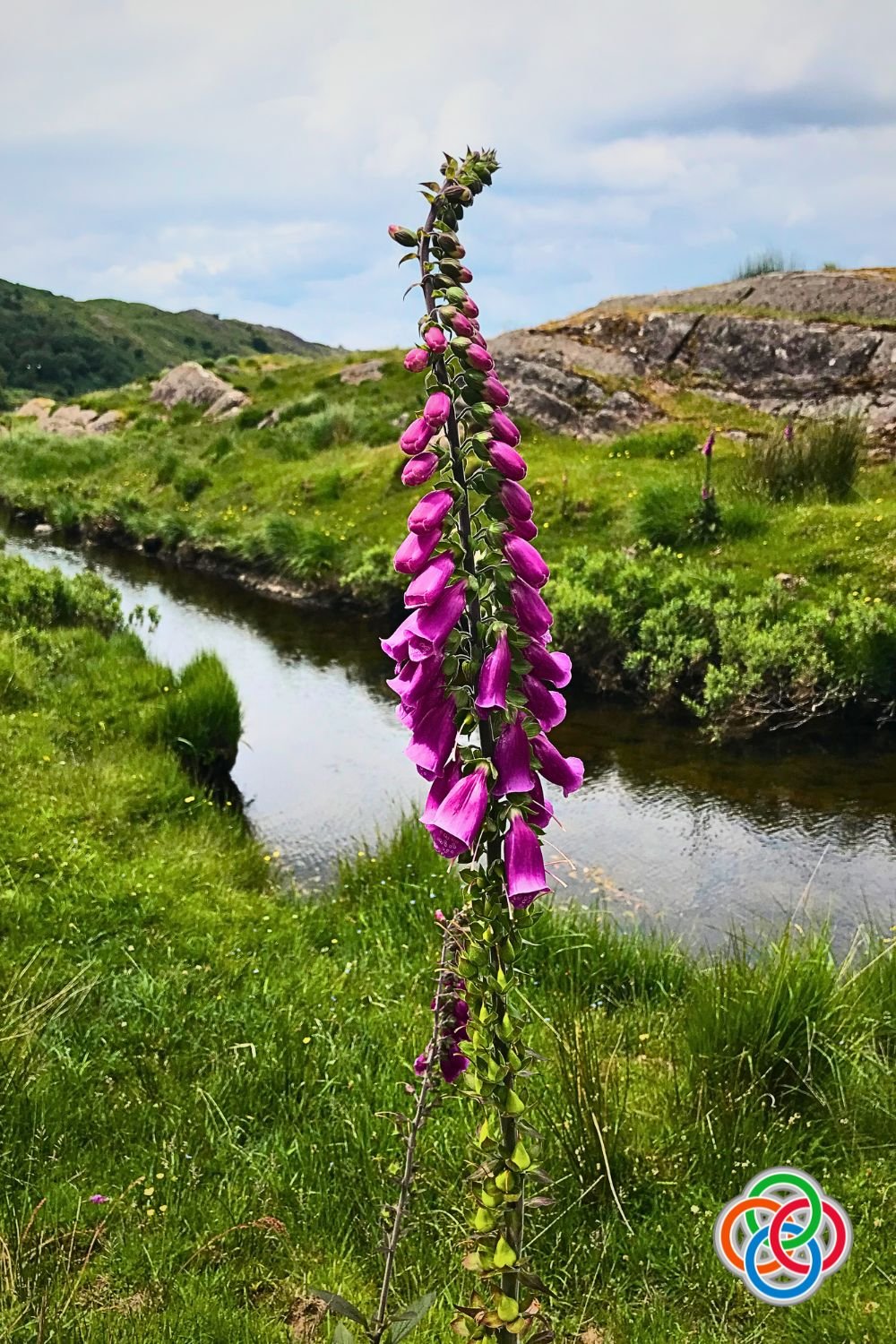
I never pick them. They're best left where they grow, wild and free, swaying in the breeze as if whispering tales of old.
And if you plant them in your garden, beware - you might just be inviting the good folk in through your gate.
A Poem for the Little Ones
Let me leave you with a sweet little verse that captures the childlike wonder of foxgloves, as seen through innocent eyes.
This poem was written by Ffrida Wolfe, a poet born in County Antrim, in 1869. This is a poem I learned as a child in school in Dublin.
Four and Eight
By Ffrida Wolfe
The Foxglove by the cottage door
Looks down on Joe, and Joe is four.
The Foxglove by the garden gate
Looks down on Joan, and Joan is eight.
"I'm glad we're small," said Joan, "I love
To see inside the fox's glove,
Where taller people cannot see,
And all is ready for the bee;
The door is wide, the feast is spread,
The walls are dotted rosy red."
"And only little people know
How nice it looks in there," said Joe.
Said Joan, "The upper rooms are locked;
A bee went buzzing up - he knocked,
But no one let him in, so then
He bumbled gaily down again."
"Oh dear!" sighed Joe, "if only we
Could grow as little as that bee,
We too might room by room explore
The Foxglove by the cottage door."
The Foxglove by the garden gate
Looked down and smiled on Four and Eight.
The Flower That Nods to the Fairies
And so, the humble foxglove, with its spotted bells and tall, nodding stems, reminds us that even the wildest corners of Ireland bloom with beauty, mystery, and a wee sprinkle of fairy mischief.
Whether you spot them on a ramble down a country lane or peeking through the hedgerow beside a quiet cottage, take a moment to admire these magical blooms.
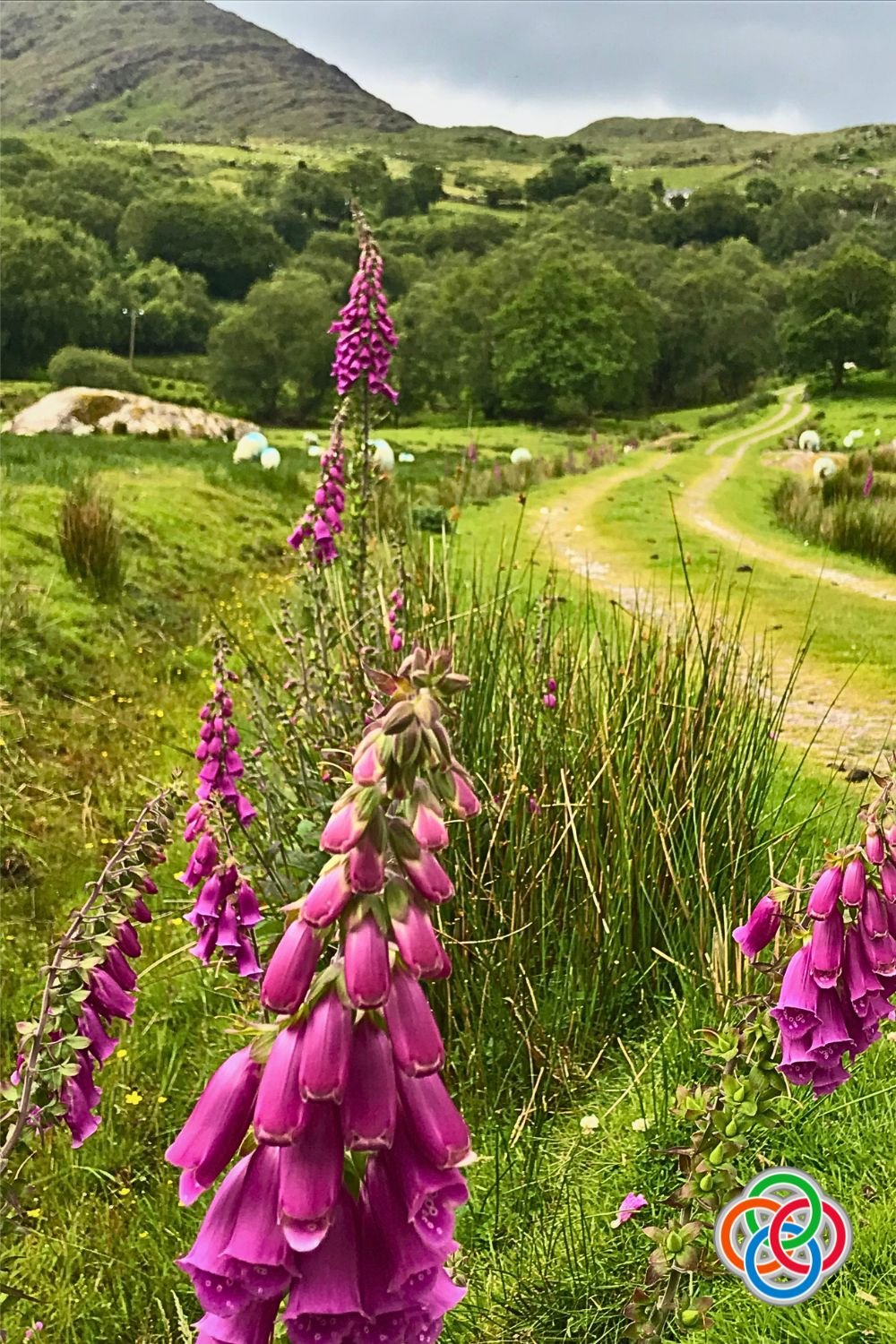
Just don't bring them inside, unless you fancy explaining yourself to the fairies.
Thanks for joining me today to celebrate one of Ireland's most magical summer flowers. Whether you believe in fairies or not, you can't help but feel the enchantment when foxgloves are in bloom.

Slán agus beannacht,
(Goodbye and blessings)
Mairéad -Irish American Mom
Pronunciation - slawn ah-gus ban-ock-th
Mairéad - rhymes with parade







Donna Browne
What a wonderful start for Summer. The flowers are beautiful and the poem was divine.
Irish American Mom
Hi Donna - Thank you so much for your lovely comment! I’m so glad you enjoyed the post and the poem. There's just something magical about foxgloves swaying in the early summer breeze, isn’t there? They always remind me of the beauty and quiet charm of Irish country lanes. Wishing you a wonderful start to your summer as well, filled with blooms and blessings!
All the best,
Mairéad